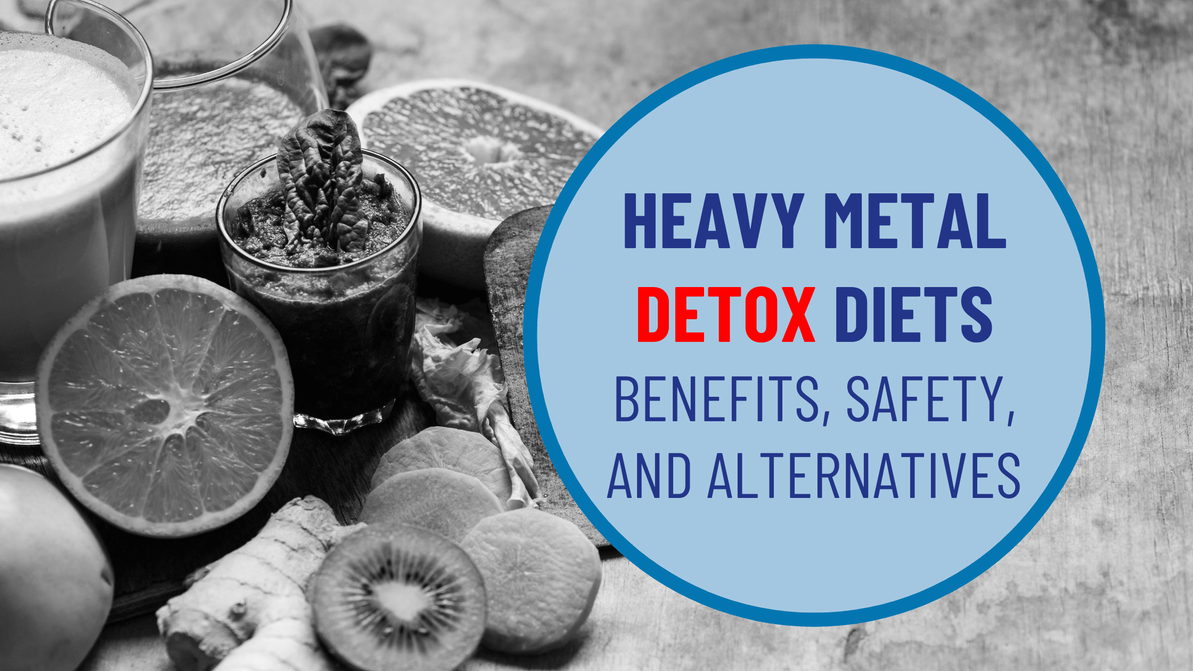Heavy Metal Detox Diets—Benefits, Safety, and Alternatives
Toxic heavy metals can be found in places where you least expect them. The risk of exposure is real, from the water you drink to various foods and even the paint in your home. A heavy metal detox diet can help you remove excess metals from your body before they turn into a serious problem.
Heavy metal poisoning is a serious condition that requires medical attention. If you’re at this stage, don’t try to do a detox on your own—talk to a doctor instead. But if you are simply worried about the excess toxic metals from your diet, a detox can help.
So what is a heavy metal detox diet? Are there more types of detoxes available? Are there benefits to going on such a diet if you’re not exposed to large quantities of heavy metals? We’ll talk about all this and more.
If you’d like to know more about toxic heavy metals before diving into the topic of detoxes, check out our previous article where we detail all about them—where you find them, what are some poisoning symptoms, and more.
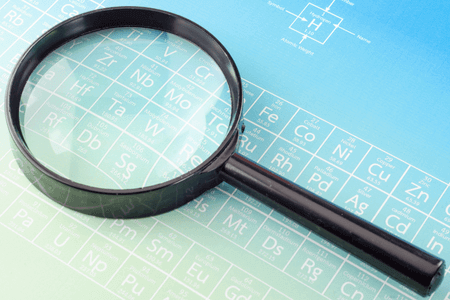
What is a heavy metal detox?
There are several types of heavy metal detoxes. Their goal is to eliminate excess toxic metals from your body. Remember, not all heavy metals are harmful. Some, like iron or zinc, are necessary to the body. Others, like mercury, cadmium, and arsenic, can become toxic quickly.
Chelation therapy (which involves IV treatments that bind to the toxic heavy metals in the bloodstream) is the way to go for those with severe poisoning symptoms. But this is not something you should try at home. In case you ingest a large quantity of metal at once, doctors may perform gastric lavage.
Less severe cases can benefit from a detox diet. Believe it or not, a few dietary changes can help remove excess mercury, lead, or cadmium from the body.
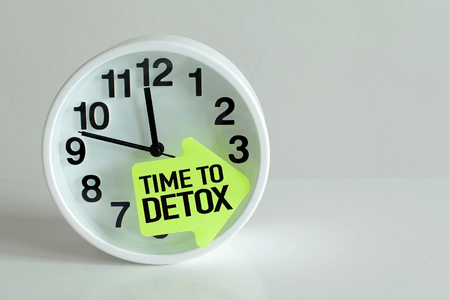
What does a heavy metal detox diet consist of?
You may be used to hearing of severely restrictive detox diets. Maybe you’re familiar with juice cleanses or other types of diets where you eat only a handful of foods. This is not the case here.
The goal of a heavy metal detox diet is not to deprive you of nutrients or to help you lose weight, though this might be a bonus sometimes. Its goal is to eliminate foods that can contain toxic metals. They may also improve your liver and kidney function to help your body detox on its own.
Foods to include
Foods in a heavy metal detox fall into 3 main categories:
- Antioxidants
- Natural chelators (that bind to metals in the bloodstream)
- Anti-inflammatory
That’s because the goal is to support the body’s natural detoxification processes. You’re not trying to starve yourself. It is important to give your body all the nutrients it needs.
Most foods will also be plant-based. While going vegan is not the cure for heavy metal exposure, plant-based foods help your body eliminate toxins quicker.
They’re easier on your digestive system, anti-inflammatory, contain antioxidants, and support your liver and kidneys. They also contain high levels of fiber, which favors digestion and can help remove heavy metals from the body. In short, they’re everything you want from a heavy metal detox diet.
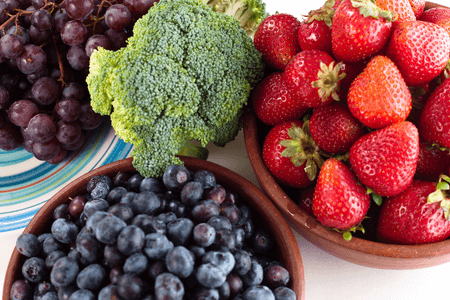
Antioxidants
Antioxidants are crucial in any detox diet as they neutralize free radicals in the body. Foods high in antioxidants include:
- Berries
- Green tea
- Dark chocolate
- Kale
- Red cabbage
- Beans
- Beetroot
Natural chelators
These foods are high in flavonoids and act as natural chelators. Many of these foods are also antioxidants, reducing oxidative stress. They include:
- Apples
- Berries
- Cilantro
- Green tea
- Brazil nuts
- Garlic
- Onions
Anti-inflammatory foods
Heavy metals can create inflammation in the body. So adding anti-inflammatory foods will help reset that balance. Be sure your diet includes things like:
- Berries
- Broccoli
- Avocados
- Green tea
- Mushrooms
- Chia seeds
- Flax and hemp seeds
Usually, anti-inflammatory diets list fish as one of the must-eat foods. That is due to their high content of omega-3 fats. Unfortunately, many types of fish contain high levels of mercury. So when doing a heavy metal detox diet, avoiding fish is best.
Chia, hemp, and flax seeds contain a lot of omega-3 fats as well, so you’ll still be getting those nutrients without the mercury.
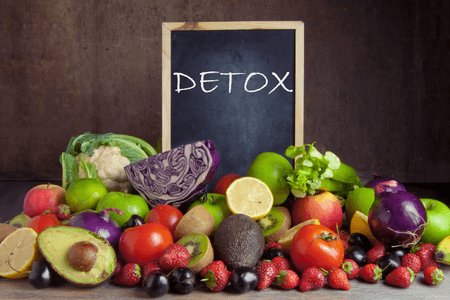
How to go on a heavy metal detox diet?
By now, you might be wondering what such a diet would look like. Should you eat nothing but the foods on the lists above? Is there anything else you should do?
There’s no recipe for success when it comes to this type of diet. The lists above are not exclusive. In fact, you will need to eat more than that, or you’ll be starving.
There are a few ways to approach this. For a healthy person with minimal exposure, it could be enough to prioritize these foods. Here are some ideas.
- Drink a cup of green tea every day
- Add seeds to your porridge
- Snack on berries and Brazil nuts
- Incorporate leafy greens like kale into your meals
If you want to take it a step further, you can try to reduce or eliminate the foods that are known for their high heavy metal content. These include:
- Fish—especially swordfish or tuna
- Non-organic produce
- Unfiltered water
- Rice
You can view your detox as a type of cleanse. In this case, you will need to prioritize foods low in heavy metals that help your body eliminate them quickly. You will also eliminate anything that could be even slightly contaminated. This type of cleanse shouldn’t last too long, and for the best result, you should talk to a nutrition specialist.
But you can also view this as a lifestyle. Include antioxidants, natural chelators, and anti-inflammatory foods in your everyday diet. Make yourself a heavy metal detox smoothie with ingredients like berries and cilantro a few times a week.
But don’t be restrictive when eliminating other types of foods. Choose a balanced approach to your food that will reduce your exposure to toxic heavy metals without depriving you of essential nutrients.

Are heavy metal detox diets safe?
The short answer is: it depends. If you go on a restrictive cleanse without medical supervision and stay on it for an extended period, then no, it’s not safe. It puts you at risk for nutritional deficiencies, low blood sugar, and more.
The good news is you don’t have to do any of that to reduce the heavy metals from your diet and your body. A balanced diet focused on eliminating foods high in heavy metals and including antioxidants, natural chelators, and anti-inflammatory foods are safe for most people.
Any other heavy metal detoxes, such as chelation therapy, must be done under medical supervision, as they can have serious side effects.
Key takeaways
Toxic heavy metals are more present in your life than you’d imagine. Not every contact with them will lead to poisoning. But being mindful of your exposure is always safe.
A heavy metal detox diet can be the way to go if you want to remove these toxins from your body in a safe, and easy manner. These diets aren’t restrictive. Instead, they focus on including foods that help your body naturally detox, while removing those high in heavy metals.
What are your thoughts on heavy metal detox diets? Are you including enough of these foods in your meals already? Join us on Facebook and let us know your thoughts.
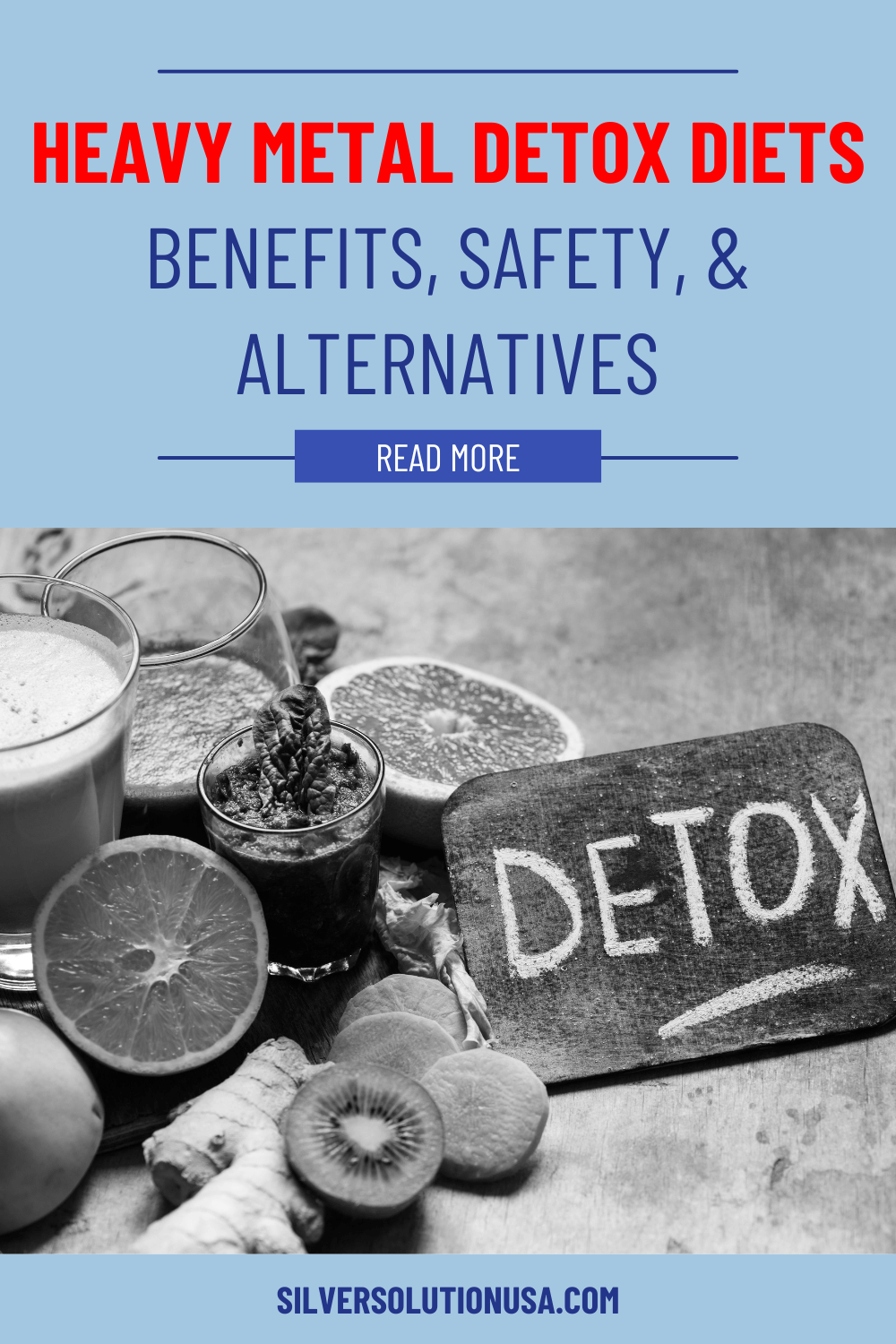
Health/Medical Disclaimer
This blog post does not provide health or medical advice. This blog post is for informational and educational purposes only and is not a substitute for professional health or medical advice. Before taking any actions based upon such information, we encourage you to consult with the appropriate medical and healthcare professionals. We do not provide any kind of health or medical advice. The use or reliance of any information contained on this blog is solely at your own risk.
Sources
https://pubmed.ncbi.nlm.nih.gov/22505948/
https://www.fda.gov/food/metals-and-your-food/mercury-levels-commercial-fish-and-shellfish-1990-2012
https://eu.usatoday.com/story/news/2016/03/11/nearly-2000-water-systems-fail-lead-tests/81220466/
https://www.sciencedirect.com/science/article/pii/S221475001730149X
https://journals.plos.org/plosone/article?id=10.1371/journal.pone.0131608
Recent Posts
-
Are sunscreen ingredients harmful?
Sunny days can bring a lot of fun. Going out for a swim, spending time in nature, or relaxing on the …18th Mar 2024 -
The Veggie Debate: Does Cooking Vegetables Destroy Nutrients and the Best Ways to Cook Them
Vegetables are one of the healthiest foods you can choose. Some people downright hate them, while so …4th Mar 2024 -
Best Foods for COVID Recovery and Prevention
A few years ago, a new virus took the world by surprise. COVID-19 may look like the flu on the surfa …19th Feb 2024

